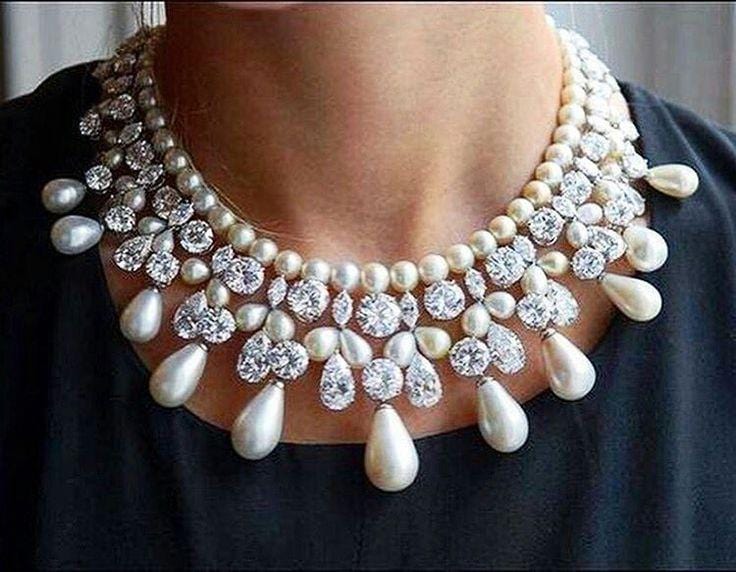CALL 1-800-746-0902 FOR A FREE EVALUATION

Like many of us, you wonder why certain jewellery pieces or stones might be more expensive than others. Is it the cut or the quality, or the rarity? Does colour affect the stone's value? When it comes to pearls, for example, how is their value determined?
If you're thinking to sell jewellery in Toronto, consider our insider tips on how a jewel's value is calculated and more.
Not all diamonds are created equal. A key characteristic of a diamond is its colour. That's why a pink diamond is more valuable than white diamonds, which are most common.
Blue and green diamonds are also highly coveted.

Some people still prefer white diamonds from a style perspective since a lack of colour offers maximum shine and brilliance.
Another crucial feature of a diamond is how clear it looks. A high-clarity diamond has few, if any, glaring imperfections such as black spots or lines in the stone.
Maybe it began with Dorothy's ruby slippers in The Wizard of Oz. Today people love their rubies, whether set in pendants, necklaces or fashionable headwear.
What gets jewellery lovers all a-titter over rubies is their fluorescent properties, which causes them to display more brilliant shades of red when placed in sunlight. Such a glowing property isn't found in many stones.

According to the Gemological Institute of America, rubies accumulate the highest per-carat price of any other colored gemstone. Also the GIA notes: "Fine-quality rubies over one carat are very rare and price goes up significantly as size increases."
Affecting the ruby's value is also its colour. As GIA writes, a ruby's colour must be neither too dark nor too light to be considered finest quality. "If the color is too dark it has a negative effect on the stone’s brightness. At the other extreme, if the color is too light, the stone is considered pink sapphire, even if color strength or intensity is high."
Ask any woman if she’s got some sentimental value over her pearl jewellery and she’ll likely readily say, “Hell yeah!” Although they don’t offer the same glimmer appeal of diamonds or rubies, pearls offer a more quietly stylish look. Pearls are classy without being a show-off. But how can you tell which pearls are more valuable than others?
Pearls are often cultured in either freshwater or saltwater, and therein lies the first lesson in a pearl's value variables.
Although these pearls share the same chemical composition, saltwater pearls lean towards costing more because less of these are produced and the cost of production is higher. Turning to freshwater pearls, the range in quality and price blankets a larger spectrum because freshwater pearls are by far the most widely produced in the industry.

Several factors come into play with determining the value of pearls: size, shape, colour, luster, surface quality, nacre and matching. You're likely familiar with most of these characteristics, except nacre. In the pearl world, nacre is a crystalline substance causing the iridescent visual effect attributed to the pieces. It's an organic substance secreted by mollusks over an intruding irritant or implanted nucleus.
What may also be new to some readers is matching. As we learn here: "The highest value necklaces will consist of gem quality pearls that have a uniformity throughout the whole necklace. The harmony of a contemporary pearl necklace made of dark grey Tahitian pearls, for example, will be much enhanced if the lustre, colour and size of the pearls are considered."
This blog post caps off a series ofjewellery articles we published in the past four weeks. Go here to revisit our infographic on the most expensivejewellery pieces in the world, and read this how-to on preserving your preciousjewellery.
Comments will be approved before showing up.